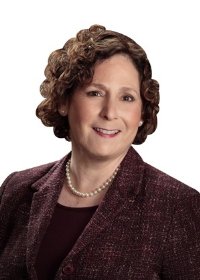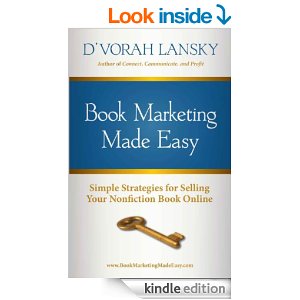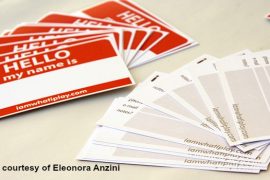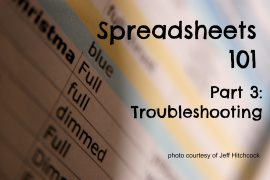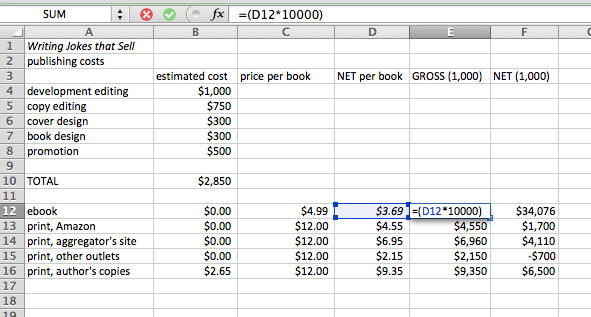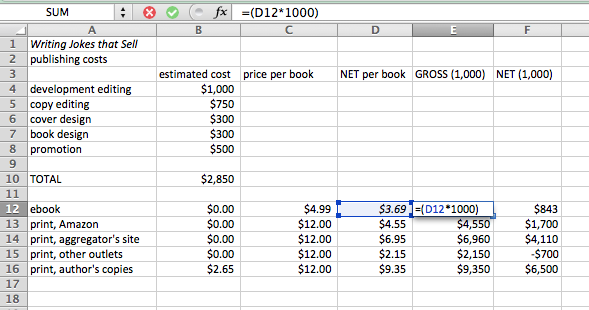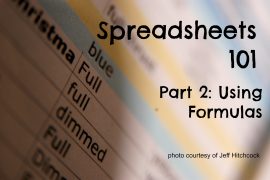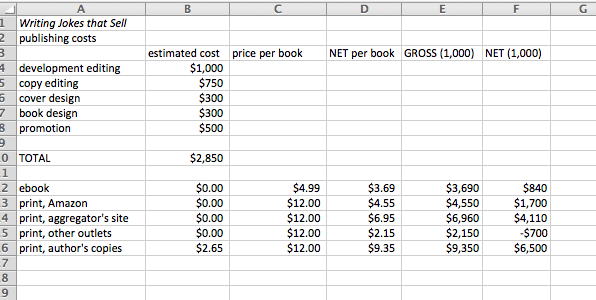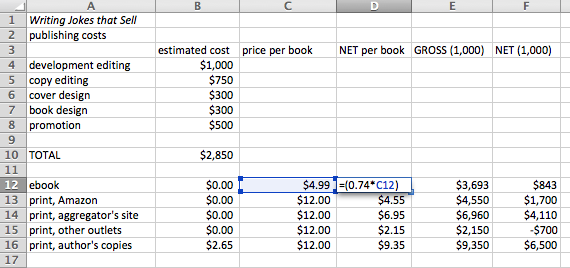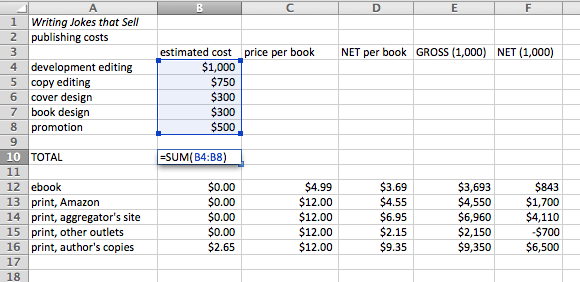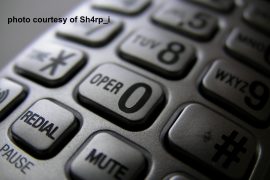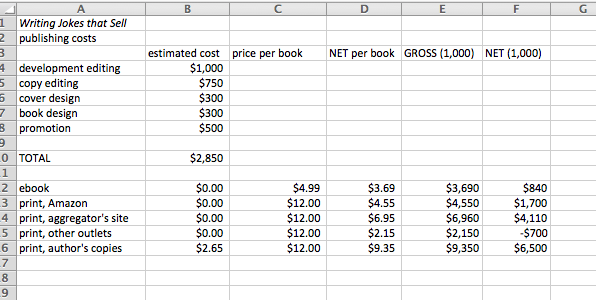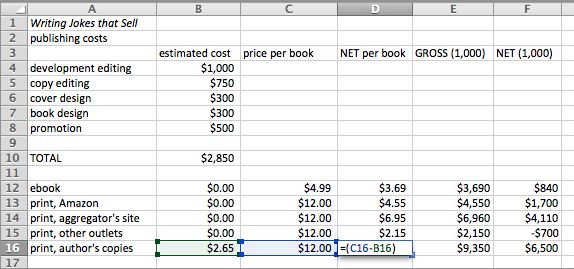Today, I’m hanging out with the uber-cool super-writer, Kelly James-Enger. Her book, Six-Figure Freelancing: A Writer’s Guide to Making More Money was one of the first I read when I started my freelance writing career all those years ago. This book was so important to my career that I was star struck when I met her at an American Society for Journalists and Authors (ASJA) conference three years ago. We had such a blast, checking out restaurants and hanging out between sessions. She made me laugh so hard!
I know that Kelly has had an influence on countless other new — and seasoned — freelancer writers. So I’m thrilled to be her guest at Dollars and Deadlines, her blog about the business of freelancing. There, I answer the question many writers have for me: Why do writers need math at all?
Click here to check out my conversation with Kelly James-Enger
About Kelly James-Enger

About Six-Figure Freelancing
Forget writing for the thrill of seeing your name in print, or worse yet, for the “exposure.” Freelancers should be paid-and paid well-for their work. If you dream of making a good full-time living or a second income as a freelancer, you need more than writing ability. You need a businesslike mindset, the ability to locate and pitch lucrative markets, efficient work habits, and solid relationships with people in your industry. During the author’s first year of full-time freelancing, she only made $17,000. But by her sixth year, she cracked the six-figure mark. After interviewing dozens of other six-figure freelancers, the author first published Six-Figure Freelancing: The Writer’s Guide to Making More Money in 2005. Now the book’s been revised and updated for its second edition.
About Six-Figure Freelancing

Forget writing for the thrill of seeing your name in print, or worse yet, for the “exposure.” Freelancers should be paid-and paid well-for their work. If you dream of making a good full-time living or a second income as a freelancer, you need more than writing ability. You need a businesslike mindset, the ability to locate and pitch lucrative markets, efficient work habits, and solid relationships with people in your industry. During the author’s first year of full-time freelancing, she only made $17,000. But by her sixth year, she cracked the six-figure mark. After interviewing dozens of other six-figure freelancers, the author first published Six-Figure Freelancing: The Writer’s Guide to Making More Money in 2005. Now the book’s been revised and updated for its second edition.

